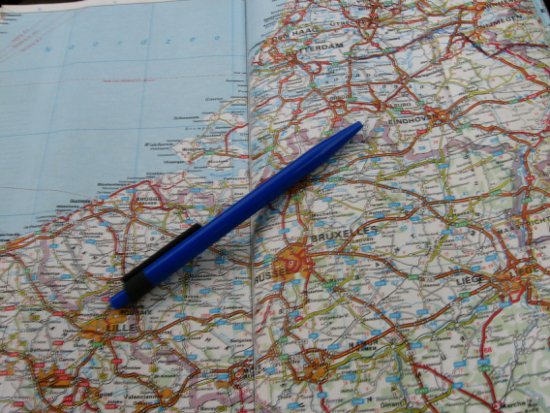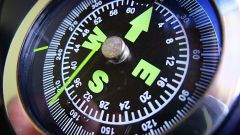Instruction
1
If you get up at noon back to the sun, straight ahead is North. On your right is East and left is West. Behind you, respectively, will be South. Recall that at noon the sun is at the highest point of the day, called the Zenith. You have to understand that during the day the sun is always South of you.
2
You can also define the southern direction with a simple mechanical wrist watches. It is necessary to send the hour hand at the sun, and then divide in half the angle formed by the hour hand and the numeral "one" in the winter or number two in the summer. The resulting direction of the ray that divides the angle in half will point South. But this method has some error, the error is particularly significant if you are in summer in the southern regions of the country.
3
There is another way to determine the direction of the sun. It is necessary in Sunny weather to stick a stick in the ground and mark the position of the end of the shadow. After 20-30 minutes, again mark the position of the end of the shadow. A line drawn between these points indicates the direction from West to East.
4
At night, the orientation is carried out by the stars. The main point of reference in the sky is the North star. To find it, find the constellations Big and little dipper. If you hold in your mind the line between the two outermost stars of the Big dipper and extend that line to the first bright stars of URSA Minor, we find the North star. While facing the North star, you will be looking directly North. Behind you will be South.
5
Also the southern direction can be determined by natural features. The berries sing faster on the South side, the ant hills have a gentle slope on the South side, the trees more light and also smooth on the South side. In turn, various mosses and lichens predominate on the North side of rocks and trees. In the spring the snow melts faster on the South side of the hill.
Useful advice
When determining directions without a compass it is advisable to focus on several of the described characteristics.


